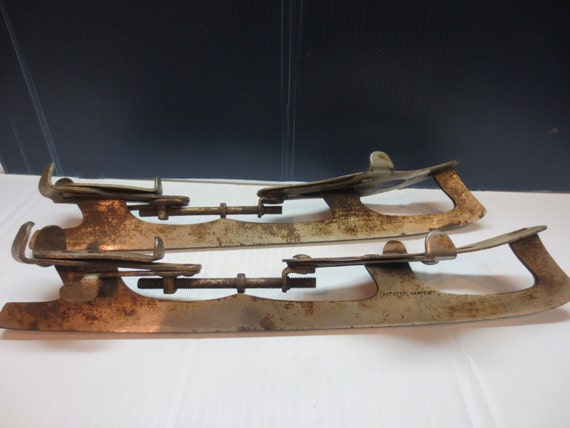Robert Gordon Orr
Registered User
- Dec 3, 2009
- 979
- 2,039
Effectively you and RGO are saying that the Starr Company or its legal advisors should have been poor patent applicants in the 1860s to conform with good history in 2015...
No, all we are saying is that so far no one has found any contemporary evidence from the 1860s,70's and 80s that the Starr skates were advertised or promoted as skates to be used for hockey, or that they were skates made specifically for hockey. The patent application didn't mention anything about the skate being used for hockey, thus it wasn't known as the "Hockey skate".
I personally believe that there is an ad somewhere in an old newspaper from the 1880s promoting the Acme skate to be used in the game of hockey, we just haven't found it yet. Now that is of course not the same thing as a skate made specifically for hockey, but at least finding an ad like that would be nice.
As it stands now, the earliest known specific skates made for hockey were the "Standard Hockey Skates" from Sheffield, England in 1881.
Until we find some contemporary evidence that the Starr Acme skates were sold as "Hockey skates" before 1881, these Sheffield skates remain being the first genuine hockey skates. That is a fact of today. However, it would be fantastic if we can find earlier instances of hockey skates being manufactured/sold.
I don't think anyone cares about the legal advisors of Starr Company, the only thing we care about is historical accuracy.
Fact 1: First known skates made specifically for hockey - "Standard Hockey Skates" from Sheffield, England in 1881 (or earlier).
Fact 2: So far researchers and historians have not found any contemporary evidence that the Starr Acme skates were made specifically for hockey before 1881 (or advertised as such).
Fact 3: Fact 1 and Fact 2 are clear as a whistle, any questions ?

